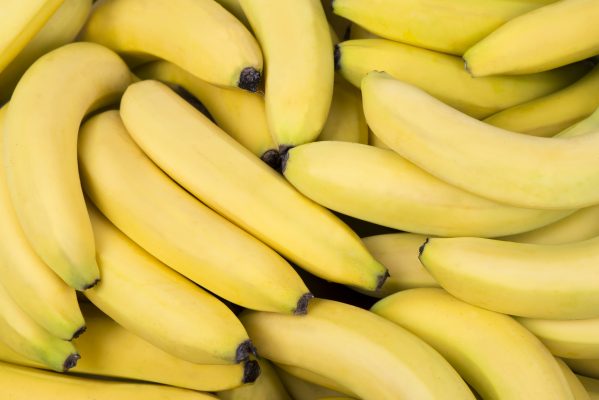Want year-round harvest work – think bananas
By Rob Hayes, NHLIS State Manager, MADEC
Bananas are part of everyday life and, with over five million eaten every day in Australia, it doesn’t take long to realise that there must be lots of people required to pick, pack and plant the bananas that we are all used to eating.
Australia produced around 388,000 tonnes of bananas last year with the vast majority grown in far north Queensland around the ‘banana towns’ of Tully and Innisfail. Smaller areas of bananas exist on the Atherton tableland and Lakeland also in Queensland, as well as in NSW and WA.
We know it’s yellow and bent, but why is a banana called a banana?
Most historians believe that the Arabian slave traders are the ones who gave the banana its popular name. The bananas that originated from Southeast Asia were not the size that we are familiar with today. They were small, about as long as an adult finger, hence the name ‘banan’, Arabic for finger.
Banana plants first arrived in Australia in the 1800s. The variety of banana best known to us today is the Cavendish, named after Englishman William Spencer Cavendish, the 6th Duke of Devonshire.
In the 1900s, Cavendish became one of the world’s most popular banana varieties and remains so today. It is one of the most resilient banana varieties – the plant is resistant to some soil fungi which can harm or destroy other banana varieties. The fruit is also very tasty and can be transported over long distances.
Is this the work for you?
If you are looking at finding some banana work the good news is that lots of jobs are available all year round. The bad news is that the tropical conditions that allow for 12 months of production make it a pretty hard work environment with hot, humid weather and lots of rain. The average annual rainfall for Tully exceeds 4,000 millimetres, and the highest ever annual rainfall in a populated area of Australia occurred in Tully (7,900 millimetres in 1950).
The types of jobs on banana farms are varied and range from cutting the banana hands off and humping, which means carrying the heavy hands of bananas to a trailer, to deleafing which involves cutting off unwanted leaves. Bagging is somewhat different in that it involves working on an elevating machine to put the plastic bags on hands of bananas and it is sometimes paid on a piece rate basis. Spading is the removal of suckers and stringing is tying strings to plants. Be prepared to get down and dirty when working in bananas as it’s often wet and muddy out there. There are also plenty of jobs working in packing sheds.
Keep yourself clean
All fresh bananas available in Australia are grown here – there are no imports due to the significant plant pest and disease threats these would pose to our local farms. Even locally grown bananas are at risk of various pests and diseases of which the most damaging one is the soil borne Panama disease which has decimated banana production in several other countries.
Panama disease has arrived in Australia but is being controlled by strict quarantine measures on every banana farm, which include restricting vehicle movement and requiring all workers to change footwear before entering the farm.
These rules are critical to ensuring the banana industry remains productive and all workers are expected to comply with them. Read our recent article Tread carefully when going onto farms to help you understand your obligations as a worker.
The big banana towns have backpacker hostels and some on-farm accommodation, so do your homework and good luck!
Contact the National Harvest Labour Information Service Call Centre if you want to find some work on a banana farm on 1800 062 332. Or visit the Harvest Trail website for job listings.

